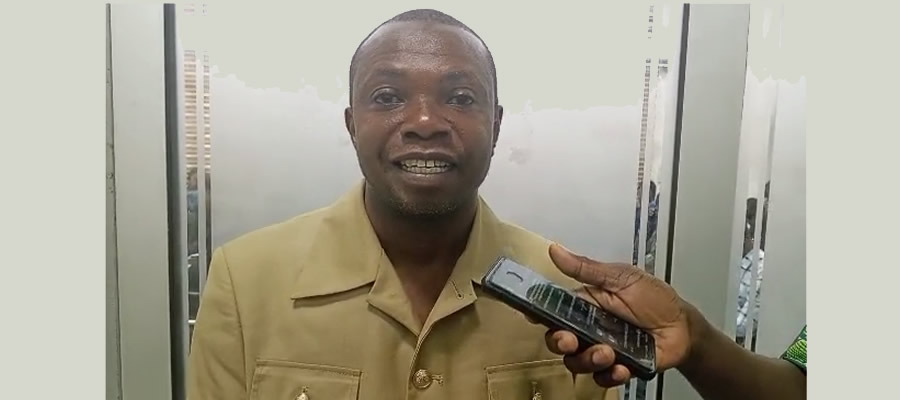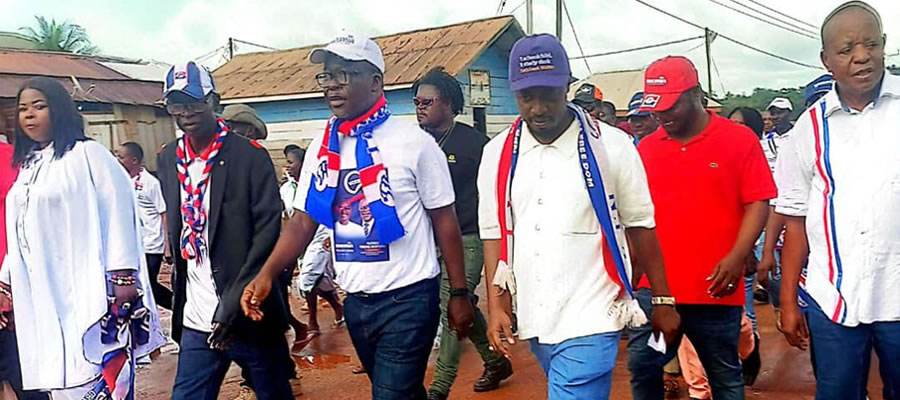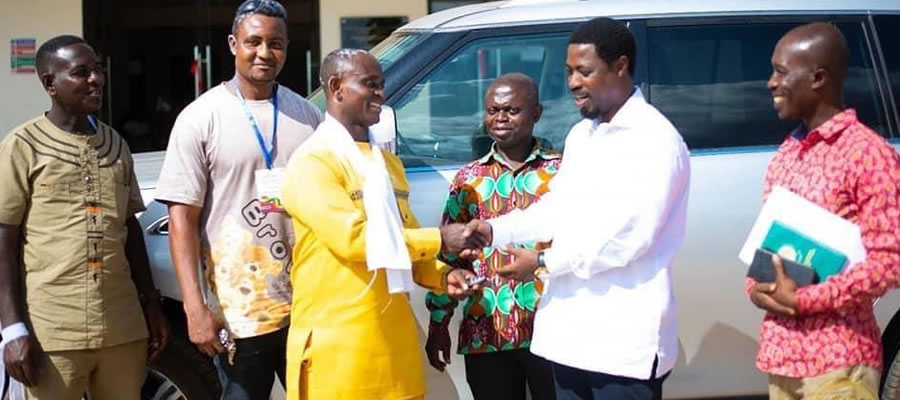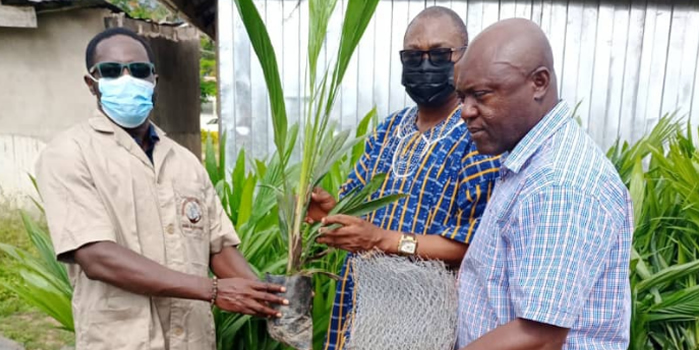

CULTURE
Culture is the way of life of the people and has far reaching implications for the development of the Municipality. It consists of the traditional set-up, ethnicity, communal spirit and participation, and traditional knowledge and values.
Traditional Set -Up
The entire BAB Municipal falls under the overall jurisdiction of three paramountcies namely Anhwiaso, Sefwi Bekwai and Chirano Traditional Areas with their overlords (Amanhene) residing at Anhwiaso, Sefwi Bekwai and Chirano respectively. Next to the Amanhene’s authority are Divisional Chiefs in major communities followed by Sub-Divisional Chiefs and Adikrofo in minor settlements and hamlets in that order. This hierarchical structure has created a peaceful and united atmosphere among the people of the area, which is a prerequisite for development in the Municipality. Again, even though there are three paramountcies in the same district, there is peaceful coexistence and unity among them which is helpful for the speedy development of the Municipality.
Ethnicity
The ethnic groups in the Municipality include the Sefwis who are the majority and others such as Brongs, Ashantis, Northerners and Ewes who for economic reasons are scattered all over the Municipality. Although the Municipality is ethnically diverse with the Sefwis, the indigenous people, being the largest group, are very peaceful people which has promoted ethnic tolerance and peaceful co-existence among the different ethnic groups residing in the Municipality which provide congenial environment for development. The various ethnic groups informs the Assembly about the type of development programmes and projects design in line with the values of different tribes.
Communal
Spirit and Participation Basically, there is high level of communal spirit and participation among communities in the Municipality. This high communal spirit coupled with community participation is seen in decisionmaking, project planning and implementation between the various communities and development partners such as District Assembly, Donors, and NGOs. This favourable condition is a recipe for successful implementation of development programmes and projects and attraction of investors into the Municipality.
Traditional Knowledge, Values, Attitudes and Practices
The indigenous people, who are the Sefwis, cherish traditional values, attitudes and practices. Some of the values of the people are celebration of Annual Yam Festivals, traditional marriage rites and adherence to Sacred Thursdays when nobody is expected to work on the land. Certain acts which are considered as taboos include pregnancy before initiation rites for women (Bragoro) and many others.
Besides, norms or core values such as respect for the elderly, hard work, friendliness and humility are ingrained in the people. Even though these traditional values, practices and norms exist, they are gradually being relegated into the background because of external influences such as Christianity and foreign cultures. Nonetheless, the Annual Yam Festival (Elluoe) is very much celebrated every year. This festival has the potential of becoming one of the most important tourist attractions and a platform for initiating various developmental projects as well as ensuring peace and unity among the people in the Municipality.
Religious Composition
The inhabitants of the district are very religious and affiliated to one form of religion or the other. Three major religions are found in the Municipality. Table 1.14 depicts the religious composition of the Municipal population. According to 2010 PHC, Christianity is the major religion in the Municipality with a total proportion of 83.6%, followed by the non-Christians and those not affiliated to any religion both proportion of 8.2 %.
Unlike some parts of the country where religious conflicts are on the ascendancy, there is religious tolerance and peaceful co-existence among the religious groups in the Municipality. The development of the Municipality is not hampered by religious diversity and differences but it rather enhances coexistence and unity among the people. This has influence on the type of development programmes and projects the Municipal Assembly could initiate to improve the lives of the people.
Tourism
Bibiani Municipality possesses a wide range of natural and built attractive features. The mining sites at Bibiani and Awaso and their operations are delightful sites to watch. Also, the appealing forest reserve at Bonkaso is endowed with beautiful plant species people will always love to see. The people of the Municipality again have a rich cultural heritage which they showcase on occasions of ‘Ellue’ and ‘Bronya’ festivals. On such periods both indigenes and aliens within and outside the Municipality return home to observe the occasion. The major tourist sites include:
• Natural Forest Reserves ideal for Eco-Tourism at Bonkaso, Kanayerebo and Tano-Surano.
• Atta Nyamekrom Mountain at 660 metres, the highest peak in the Western Region
• Mining sites at Bibiani and Awaso and Chirano
• Traditional “Allue” Festival.
• Bibiani 6th March Festival.
The other important occasion which well harnessed can be one of the biggest event or festival in the Municipality is the celebration of 6th March Independence of Ghana. This particular celebration can be a great potential for socio-economic growth of the Municipality.
The major hotels in the Municipality are Hotel de Joko, The Ranch, Mamosa, Divine Lodge, Prudent Lodge and Phoenix all located at Bibiani and the Cane Basket Hotel at Awaso. Others are Green Roof Hotel, etc at Bekwai. Both the indigenes and aliens who come to the Municipality especially on the occasions of festivals give monetary contributions towards the development projects initiated in the Municipality. Figure 1.8 shows the tourism potentials of the Municipality.
Figure 1.10: Tourism Map
Source: BABMA, 2017
Date Created : 5/4/2023 12:00:00 AM













 facebook
facebook
 twitter
twitter
 Youtube
Youtube
 +233 593 831 280
+233 593 831 280 0800 430 430
0800 430 430 GPS: GE-231-4383
GPS: GE-231-4383 info@ghanadistricts.com
info@ghanadistricts.com Box GP1044, Accra, Ghana
Box GP1044, Accra, Ghana